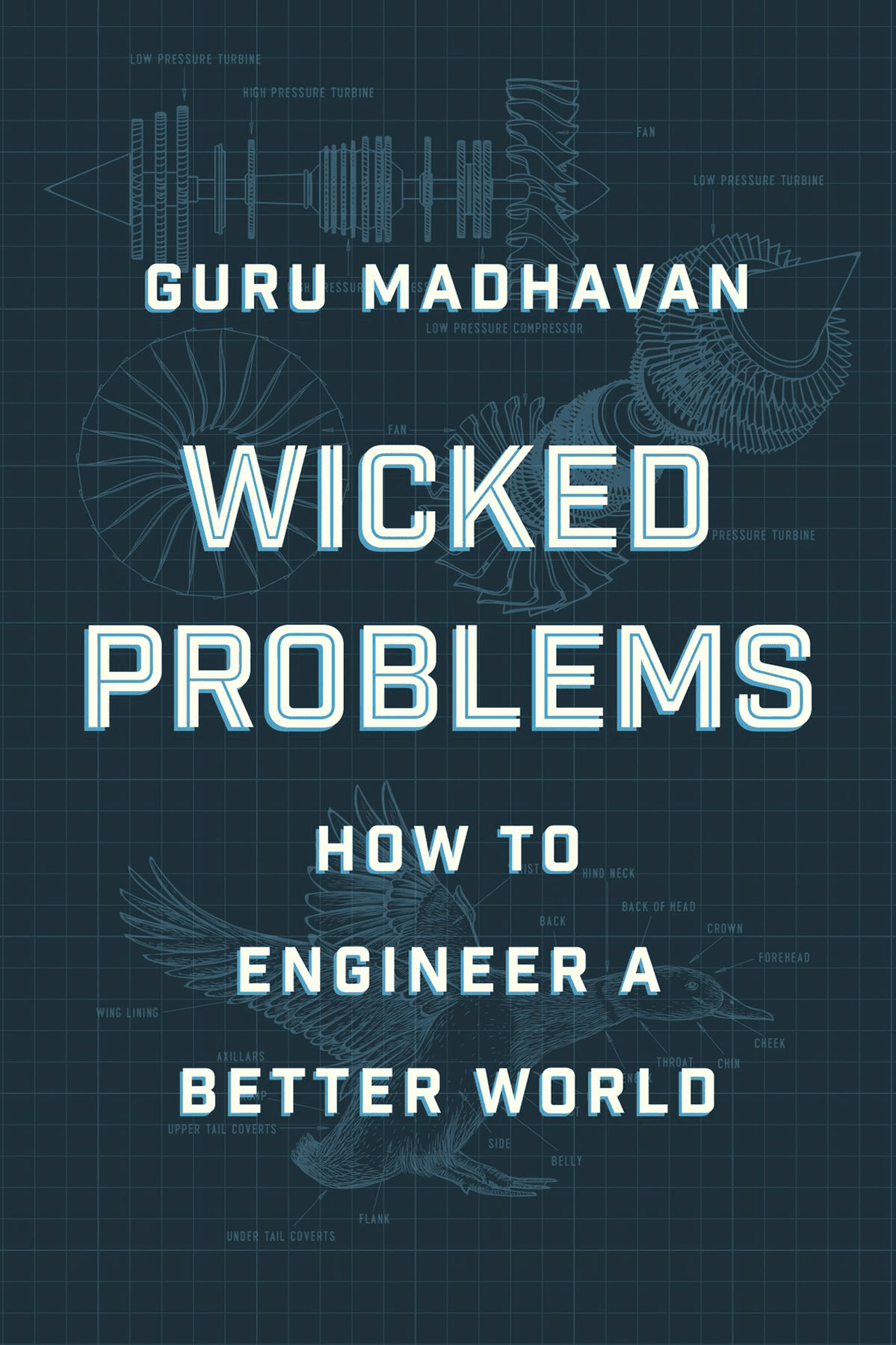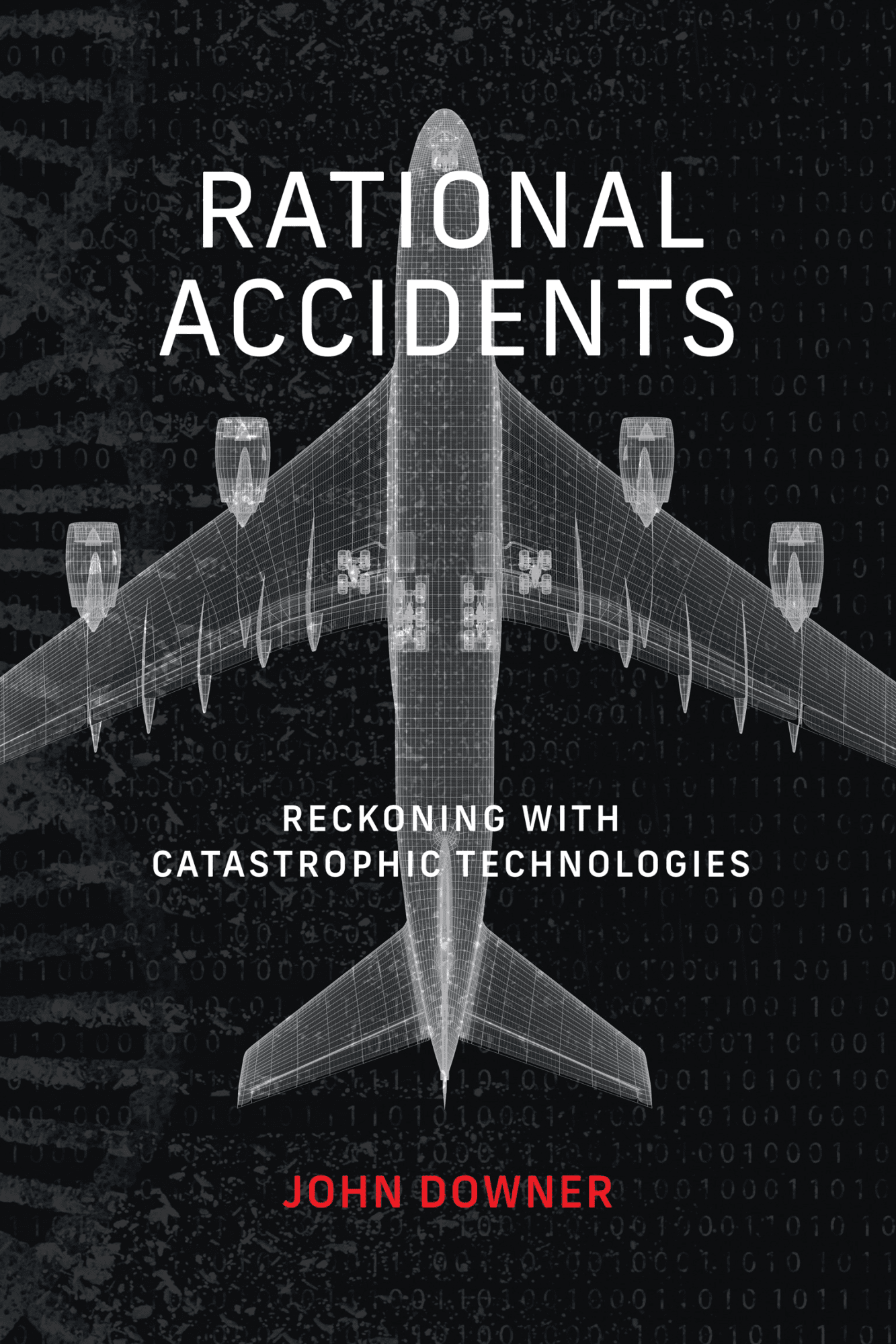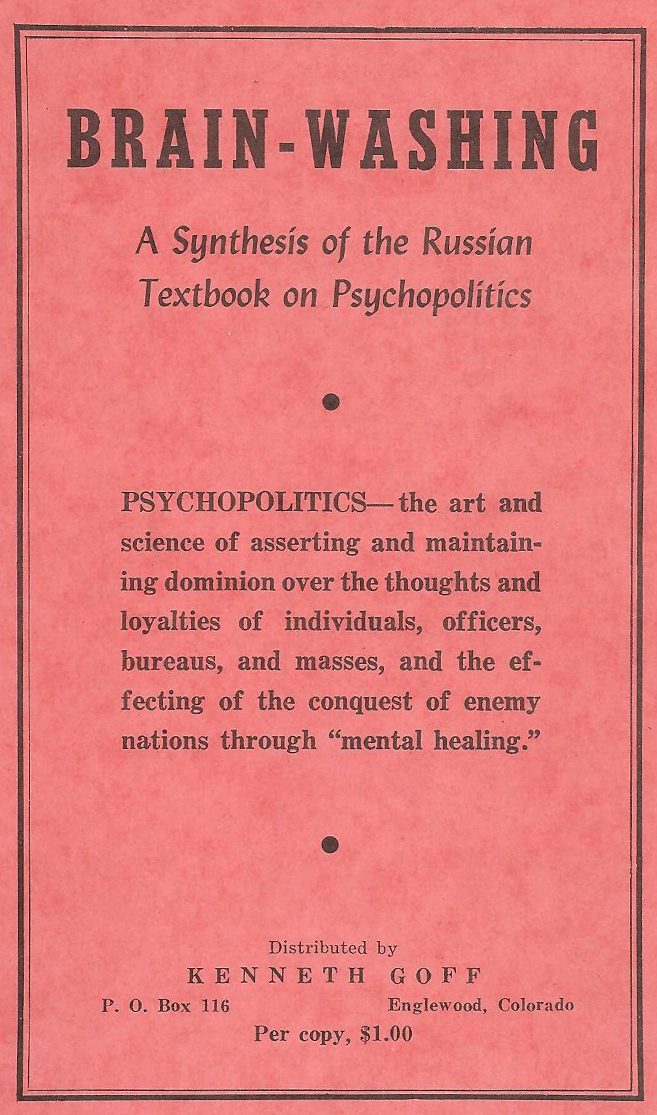How the US and its allies can rebuild economic security
A country’s economic security—its ability to generate both national security and economic prosperity—is grounded in it having significant technological capabilities that outpace those of its adversaries and complement those of its allies. Though this is a principle well known throughout history, the move over the last few decades toward globalization and offshoring of technologically advanced industrial capacity has made ensuring a nation state’s security and economic prosperity increasingly problematic. A broad span of technologies ranging from automation and secure communications to energy storage and vaccine design are the basis for wider economic prosperity—and high priorities for governments seeking to maintain national security. However, the necessary capabilities do not spring up overnight. They rely upon long decades of development, years of accumulated knowledge, and robust supply chains.
For the US and, especially, its allies in NATO, a particular problem has emerged: a “missing middle” in technology investment. Insufficient capital is allocated toward the maturation of breakthroughs in critical technologies to ensure that they can be deployed at scale. Investment is allocated either toward the rapid deployment of existing technologies or to scientific ideas that are decades away from delivering practical capability or significant economic impact (for example, quantum computers). But investment in scaling manufacturing technologies, learning while doing, and maturing of emerging technologies to contribute to a next-generation industrial base, is too often absent. Without this middle-ground commitment, the United States and its partners lack the production know-how that will be crucial for tomorrow’s batteries, the next generation of advanced computing, alternative solar photovoltaic cells, and active pharmaceutical ingredients.
While this once mattered only for economic prosperity, it is now a concern for national security too—especially given that China has built strong supply chains and other domestic capabilities that confer both economic security and significant geopolitical leverage.
Consider drone technology. Military doctrine has shifted toward battlefield technology that relies upon armies of small, relatively cheap products enabled by sophisticated software—from drones above the battlefield to autonomous boats to CubeSats in space.
Drones have played a central role in the war in Ukraine. First-person viewer (FPV) drones—those controlled by a pilot on the ground via a video stream—are often strapped with explosives to act as precision kamikaze munitions and have been essential to Ukraine’s frontline defenses. While many foundational technologies for FPV drones were pioneered in the West, China now dominates the manufacturing of drone components and systems, which ultimately enables the country to have a significant influence on the outcome of the war.
When the history of the war in Ukraine is written, it will be taught as the first true “drone war.” But it should also be understood as an industrial wake-up call: a time when the role of a drone’s component parts was laid bare and the supply chains that support this technology—the knowledge, production operations, and manufacturing processes—were found wanting. Heroic stories will be told of Ukrainian ingenuity in building drones with Chinese parts in basements and on kitchen tables, and we will hear of the country’s attempt to rebuild supply chains dominated by China while in the midst of an existential fight for survival. But in the background, we will also need to understand the ways in which other nations, especially China, controlled the war through long-term economic policies focused on capturing industrial capacity that the US and its allies failed to support through to maturity.
Disassemble one of the FPV drones found across the battlefields of Ukraine and you will find about seven critical subsystems: power, propulsion, flight control, navigation and sensors (which gather location data and other information to support flight), compute (the processing and memory capacity needed to analyze the vast array of information and then support operations), communications (to connect the drone to the ground), and—supporting it all—the airframe.
We have created a bill of materials listing the components necessary to build an FPV drone and the common suppliers for those parts.
China’s manufacturing dominance has resulted in a domestic workforce with the experience to achieve process innovations and product improvements that have no equal in the West. And it has come with the sophisticated supply chains that support a wide range of today’s technological capabilities and serve as the foundations for the next generation. None of that was inevitable. For example, most drone electronics are integrated on printed circuit boards (PCBs), a technology that was developed in the UK and US. However, first-mover advantage was not converted into long-term economic or national security outcomes, and both countries have lost the PCB supply chain to China.
Propulsion is another case in point. The brushless DC motors used to convert electrical energy from batteries into mechanical energy to rotate drone propellers were invented in the US and Germany. The sintered permanent neodymium (NdFeB) magnets used in these motors were invented in Japan and the US. Today, to our knowledge, all brushless DC motors for drones are made in China. Similarly, China dominates all steps in the processing and manufacture of NdFeB magnets, accounting for 92% of global NdFeB magnet and magnet alloy markets.
The missing middle of technology investment—insufficient funding for commercial production—is evident in each and every one of these failures, but the loss of expertise is an added dimension. For example, lithium polymer (LiPo) batteries are at the heart of every FPV drone. LiPo uses a solid or gel polymer electrolyte and achieves higher specific energy (energy per unit of weight)—a feature that is crucial for lightweight drones. Today, you would be hard-pressed to find a LiPo battery that was not manufactured in China. The experienced workforce behind these companies has contributed to learning curves that have led to a 97% drop in the cost of lithium-ion batteries and a simultaneous 300%-plus increase in battery energy density over the past three decades.
China’s dominance in LiPo batteries for drones reflects its overall dominance in Li-ion manufacturing. China controls approximately 75% of global lithium-ion capacity—the anode, cathode, electrolyte, and separator subcomponents as well as the assembly into a single unit. It dominates the manufacture of each of these subcomponents, producing over 85% of anodes and over 70% of cathodes, electrolytes, and separators. China also controls the extraction and refinement of minerals needed to make these subcomponents.
Again, this dominance was not inevitable. Most of the critical breakthroughs needed to invent and commercialize Li-ion batteries were made by scientists in North America and Japan. But in comparison to the US and Europe (at least until very recently), China has taken a proactive stance to coordinate, support, and co-invest with strategic industries to commercialize emerging technologies. China’s Ministry of Industry and Information Technology has been at pains to support these domestic industries.
The case of Li-ion batteries is not an isolated one. The shift to Chinese dominance in the underlying electronics for FPV drones coincides with the period beginning in 2000, when Shenzhen started to emerge as a global hub for low-cost electronics. This trend was amplified by US corporations from Apple, for which low-cost production in China has been essential, to General Electric, which also sought low-cost approaches to maintain the competitive edge of its products. The global nature of supply chains was seen as a strength for US companies, whose comparative advantage lay in the design and integration of consumer products (such as smartphones) with little or no relevance for national security. Only a small handful of “exquisite systems” essential for military purposes were carefully developed within the US. And even those have relied upon global supply chains.
While the absence of the high-tech industrial capacity needed for economic security is easy to label, it is not simple to address. Doing so requires several interrelated elements, among them designing and incentivizing appropriate capital investments, creating and matching demand for a talented technology workforce, building robust industrial infrastructure, ensuring visibility into supply chains, and providing favorable financial and regulatory environments for on- and friend-shoring of production. This is a project that cannot be done by the public or the private sector alone. Nor is the US likely to accomplish it absent carefully crafted shared partnerships with allies and partners across both the Atlantic and the Pacific.
The opportunity to support today’s drones may have passed, but we do have the chance to build a strong industrial base to support tomorrow’s most critical technologies—not simply the eye-catching finished assemblies of autonomous vehicles, satellites, or robots but also their essential components. This will require attention to our manufacturing capabilities, our supply chains, and the materials that are the essential inputs. Alongside a shift in emphasis to our own domestic industrial base must come a willingness to plan and partner more effectively with allies and partners.
If we do so, we will transform decades of US and allied support for foundational science and technology into tomorrow’s industrial base vital for economic prosperity and national security. But to truly take advantage of this opportunity, we need to value and support our shared, long-term economic security. And this means rewarding patient investment in projects that take a decade or more, incentivizing high-capital industrial activity, and maintaining a determined focus on education and workforce development—all within a flexible regulatory framework.
Edlyn V. Levine is CEO and co-founder of a stealth-mode technology start up and an affiliate at MIT Sloan School of Management and the Department of Physics at Harvard University. Levine was co-founder and CSO of America’s Frontier Fund, and formerly Chief Technologist for the MITRE Corporation.
Fiona Murray is the William Porter (1967) Professor of Entrepreneurship at the MIT School of Management where she works at the intersection of critical technologies, entrepreneurship, and geopolitics. She is the Vice Chair of the NATO Innovation Fund—a multi-sovereign venture fund for defense, security and resilience, and served for a decade on the UK Prime Minister’s Council on Science and Technology.












